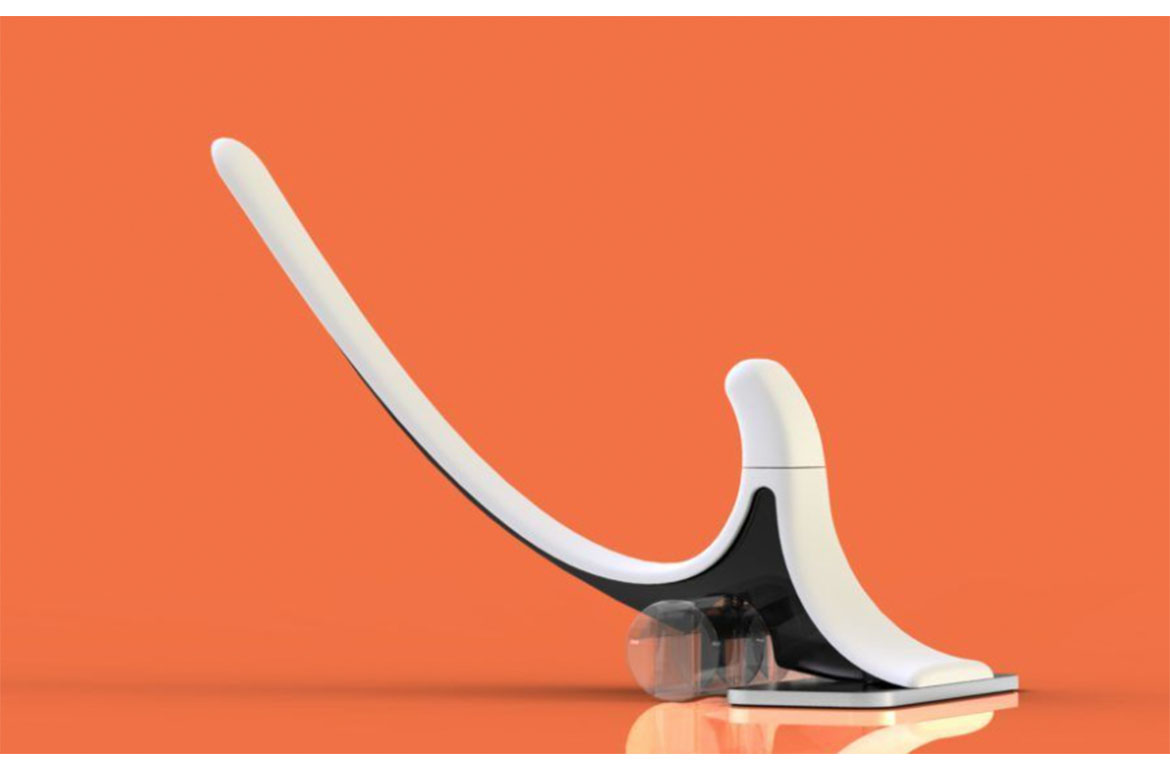The ‘Hip Hook’ Is the Tool Doctors Recommend To Release the Inner-Most Tightness in Your Body
This tightness occurs because so many of our common movements and activities require rotation, and thus a change of alignment in the entire body that pulls on the iliopsoas muscle. As a result, you may experience unresolved back, hip, and knee pain. To respond, Koth created a tool to release some of this pain and tension: The Hip Hook ($169).
- Brianna Bernard, a certified personal trainer, nutrition coach, and mindset mentor
- Christine Koth, MPT, Christine Koth, MPT is a holistic physical therapist and author who specializes in the hip area. She is also the founder and CEO of Aletha Health and the creator of the Hip Hook.
"The Hip Hook is the first and only muscle release tool for both the psoas and iliacus muscles—the primary hip flexors. You can't relax one without relaxing the other," explains Koth. "Since launching last summer, 20,000 Hip Hooks have been sold and over 40,000 iliaci have been released."
The Hip Hook is effective because, according to Brianna Bernard, NASM-certified, and an Isopure Athlete, "The best way to release muscle knots is through applying direct, prolonged pressure for 30 to 90 seconds." This tool, because of the angle of its tip and its balanced weight and density, targets the exact pain point without slipping, allowing you to access the knot and press into it. (Koth recommends reading the instructions to learn how to find that "magic spot.")
{{post.sponsorText}}
Once positioned, the Hip Hook works with your own bodyweight while you either stand against the wall or lay flat on the floor to push into your psoas and iliacus muscles, which connect to the hip flexor muscles and will immediately release tension and reduce pain, explains Bernard. Since the psoas is closer to the surface, "When someone first lays on the Hip Hook, it is positioned to release the psoas. When the handle is pushed towards the floor or wall, the tip pivots to reach the iliacus muscle, pinning it against the pelvic bone and allowing that necessary, direct, prolonged pressure," says Koth. Releasing both muscles is important because if the psoas is released without the iliacus there is only short-term relief.
Since the iliopsoas runs diagonally through the body, connecting the lower spine, the pelvic bones, and the top of the femur, it connects the upper body to the lower, so, "If someone has unresolved or recurrent pain and has only found short-term solutions, it’s worth considering that there could be knots in the iliopsoas," according to Koth. That said, if you are traveling or haven't gotten your hands (or hips) on a Hip Hook as yet, you can also use the handle of a kettlebell, a tennis or lacrosse ball, massage ball, and even your fingers to achieve a similar release of tension in the psoas and the muscles at the back of your hip, but the harder-to-reach iliacus is difficult to access without a skilled practitioner or the Hip Hook.
Another way to alleviate and prevent tightness of your hips is by stretching. Hip flexor stretches are also vital for improving circulation and teaching the body to relax. To learn a few easy stretches that you can do on your own, click on the video below to follow along with Traci Copeland as she goes through a hip-opening yoga flow.
Oh hi! You look like someone who loves free workouts, discounts for cult-fave wellness brands, and exclusive Well+Good content. Sign up for Well+, our online community of wellness insiders, and unlock your rewards instantly.
Loading More Posts...
